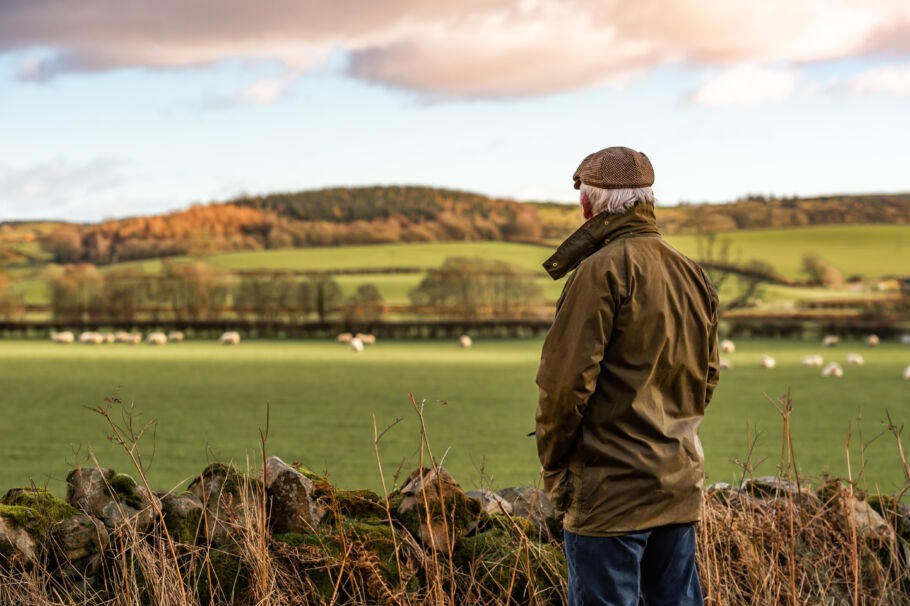Contributors: Paul Carlyle
Date published: 25 February 2011
Protection of Freedoms Bill published
When the Conservative-Liberal Government was unveiled last May the document “The Coalition: our programme for government” set out the Government’s commitments to introduce legislation to regulate or amend legislation to reduce various types of intrusion into our day to day lives. The result of this – the Protection of Freedoms Bill – was published mid-February.
Regulation of CCTV
One particular aspect of the bill deals with CCTV and the need for greater regulation of its use. Although use of CCTV is governed by the Data Protection Act 1998 (by virtue of the fact that the images captured by the CCTV cameras may contain personal data) there has been concern that there was greater and greater use of such cameras (and therefore the increasing collection of information about us) without any real consideration as to the need for the use of such cameras. What the bill proposes is that a Code of Practice will be developed which deals with the use of “surveillance cameras” – this would cover both CCTV and also Automatic Number Plate Recognition cameras – by the police and local authorities. In addition, the Secretary of State is to appoint a “Surveillance Camera Commissioner” to oversee compliance with the Code.
Whilst it is generally recognised that greater regulation of use of CCTV, etc, was needed, it does not really seem to answer the issues. Although it covers use by local authorities and policing bodies it does not cover other bodies using CCTV. Also, there are no penalties for failure to comply with the Code. Moreover the Information Commissioner’s Office (ICO) will still be looking for users of CCTV to comply with its Code of Practice on use of CCTV. Nonetheless if the new Surveillance Camera Commissioner and the Code of Practice prove successful we may yet see that the remit of the regime will be widened.
Power of entry
Other aspects of the bill deal with various other “intrusions” into our lives, particularly powers of entry by various statutory authorities. The bill provides for three powers – (i) the power to make an order to revoke such powers, (ii) the power to consolidate a group of such powers and (iii) the power to attach additional safeguards to such powers. Again, here a Code of Practice relating to use of such powers is envisaged. For the large part this only applies to powers being exercised by statutory bodies in England and Wales but where the powers of entry are maintained by bodies operating on a UK wide basis (i.e. where responsibility has not been devolved to the Scottish Ministers) then potential powers of entry in Scotland will be affected.
Other provisions
Other provisions of the bill will mean the adoption in England and Wales of the Scottish model of dealing with DNA and fingerprints. This deals with the fact that the European Court of Human Rights had ruled that the current policy of retaining such data indefinitely breached the individuals’ human rights. Also schools and colleges will need to get parental consent if they want to take fingerprints (or other biometric data) of children under 18.
As mentioned elsewhere in this bulletin the government has also included provisions, which deal with making the ICO more independent and also relating to extension of the Freedom of Information Act 2000.
Conclusions
The bill has only just been published and is due to go to a second reading at the beginning of March. It obviously covers a wide range of issues dealing with “freedoms”. It will be interesting to see how the bill develops and whether, for example, its powers in relation to CCTV may be widened.
Contributors:
Paul Carlyle
Partner
To find out more contact us here













